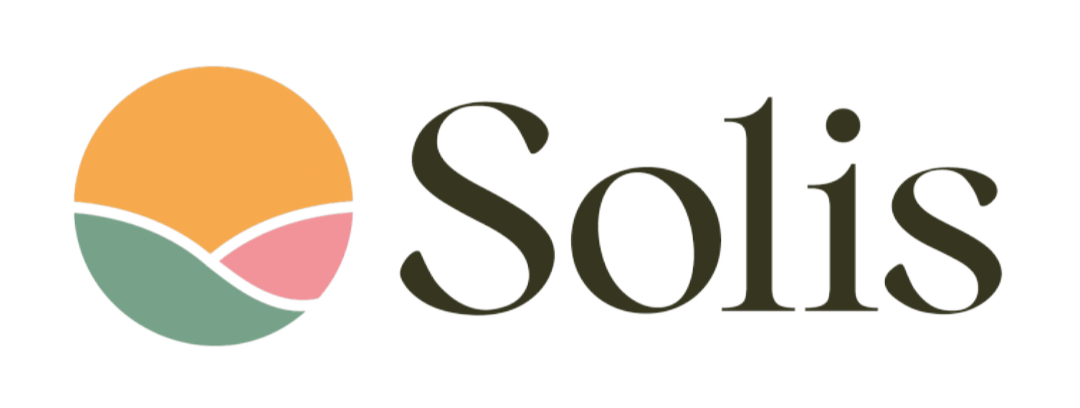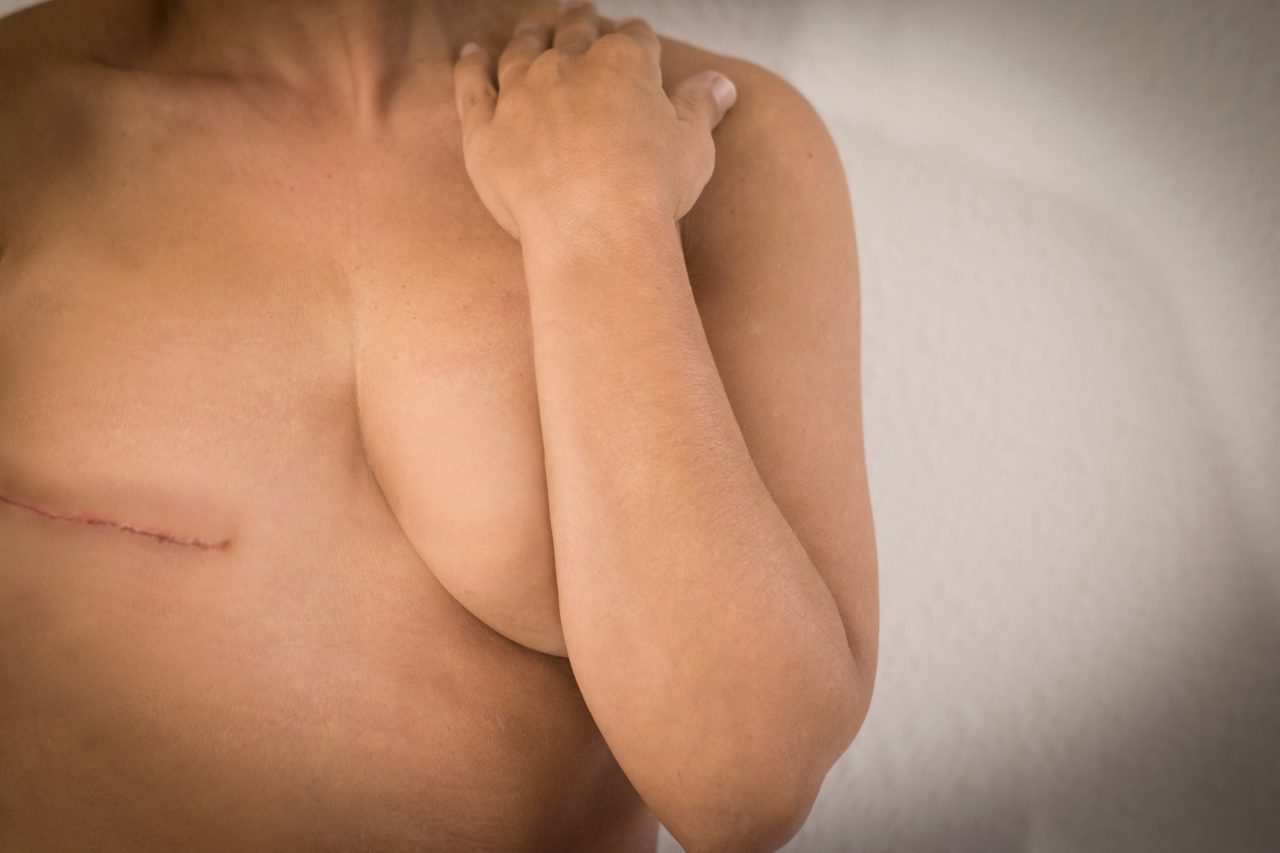Does a family history of breast cancer put you at a higher risk of getting the disease?
We speak with Dr Tan Yah Yuen, Senior Consultant and Breast Surgeon about preventive mastectomy for individuals with elevated risk of breast cancer.
What is preventive mastectomy and can I remove a single breast?
Preventive mastectomy (or risk-reducing mastectomy) is surgery that is done to remove one or both breasts to reduce the risk of developing breast cancer. All of the breast tissue is removed, maintaining the skin overlying the breast, and may include maintaining the nipple and areola. This is followed by an immediate breast reconstruction.
By definition, a mastectomy means the removal of the entire breast. A partial removal of the breast will not be suitable if the aim is to reduce the long-term risk of cancer, which can occur in any part of the breast.
For risk-reducing mastectomy, the nipple and original skin of the breast can be conserved, together with immediate reconstruction. This will restore the appearance of the breasts to as near normal as possible.
Who should consider risk-reducing mastectomy?
Women who are at significantly elevated risk of breast cancer may consider preventive or risk-reducing mastectomy.
These include:
- Women with BRCA 1 or 2 genetic mutations where the life time risk of breast cancer can be as high as 70- 85%.
- Women with biopsy-proven breast abnormalities that place them at a significantly higher life time risk of breast cancer e.g. lobular carcinoma in situ, atypical ductal hyperplasia, atypical lobular hyperplasia etc. The risk of breast cancer in this group varies from 20-50%, generally not as high as BRCA gene mutations.
- For women with a strong family history of breast cancer but without BRCA gene mutations, it is debatable whether they should consider risk-reducing mastectomy. It is best for these women to have a discussion with their breast specialist about their individual risk and circumstances.
Are there many women who consider risk-reducing mastectomy? How old are they?
A majority of the patients who consider risk-reducing mastectomy are fairly young, with ages ranging from mid 30s-50s.
Is risk-reducing mastectomy considered a last-resort measure?
Rather than a looking at risk reducing mastectomy as a last resort, risk-reducing mastectomy should be seen as a pro-active, self-empowered decision on the woman’s part to reduce her life time risk of breast cancer. This frees her from the constant psychological burden of elevated breast cancer risk, and the desire to be in control of their own fate outweighs their fear or anxiety of the surgery.
How does risk-reducing mastectomy help women with elevated risks of breast cancer?
A risk-reducing mastectomy will reduce a woman’s risk of breast cancer by at least 90%. Hence, if a woman with a BRCA1 gene mutation who has a 70% lifetime risk of breast cancer undergoes bilateral risk-reducing mastectomy, her risk of breast cancer will be reduced to 7%. This is a very significant reduction.
The reduction in risk cannot be 100% because there is usually a very small amount of residual breast tissue in the nipple, under the skin or peripheral chest wall that cannot be completely removed. Hence the term “risk-reducing” is preferred over “preventive”.
It is important to note that for women who choose double mastectomy when a breast cancer has already been diagnosed, the surgery does not eliminate or reduce the risk of distant organ relapse of the original breast cancer.
Aside from risk-reducing mastectomy, what other options are there for women with high-risk factors/family history?
A non-surgical option to reduce one’s risk is chemoprevention, which is the use of oral medication to prevent cancer. The risk of breast cancer is estimated to be halved with chemoprevention. However, the medication is associated with side effects and as such, is not a popular option among women.
A woman may also opt for high-risk surveillance. This allows for early detection but technically does not reduce one’s risk. High-risk surveillance includes a yearly MRI of the breasts, in addition to mammogram and ultrasound.
Leading a healthy lifestyle may modify one’s risk – this includes a healthy diet comprising plenty of fresh fruits and vegetables, reducing consumption of processed and red meats and reducing alcohol intake. Regular exercise and avoiding weight gain can also modify a woman’s risk of breast cancer.
When can reconstructive surgery take place? Can it be done during the mastectomy itself? Are there different types of reconstruction surgeries available?
Reconstruction of the breasts is preferably done at the same time as the mastectomy. This will achieve the most favourable aesthetic outcome.
Reconstruction for double mastectomy is ideally performed with silicone implants, which will result in a symmetrical appearance of the reconstructed breasts.
Alternatively, women may opt for reconstruction using their own body tissue (autologous) such as tummy fat, or back muscle. For women with small-volume breasts, sometimes fat transfer using liposuction alone may even be sufficient for reconstruction.
How has reconstructive surgery helped your patients in their daily lives?
Reconstruction is definitely very helpful for women to move on after a single or double mastectomy. It restores her body image and allows her to dress and carry out her daily activities including sports without worrying about appearance.
Because of improved reconstruction techniques in recent years, this has made risk-reducing mastectomy more acceptable.
Do you have any advice to give to women who are scared or too busy to take charge of their breast health?
Women should not be scared to, or say they are too busy to take charge of their breast health. After all, health is most important thing in our lives.
Breast cancer is a very curable disease and the key is early detection and treatment. Hence, breast cancer screening is very important and I advise women to be pro-active in taking charge of their breast health. Screening will really make all the difference.
Article contributed and reviewed by Dr Tan Yah Yuen, Senior Consultant and Breast Surgeon at Solis Breast Care & Surgery




